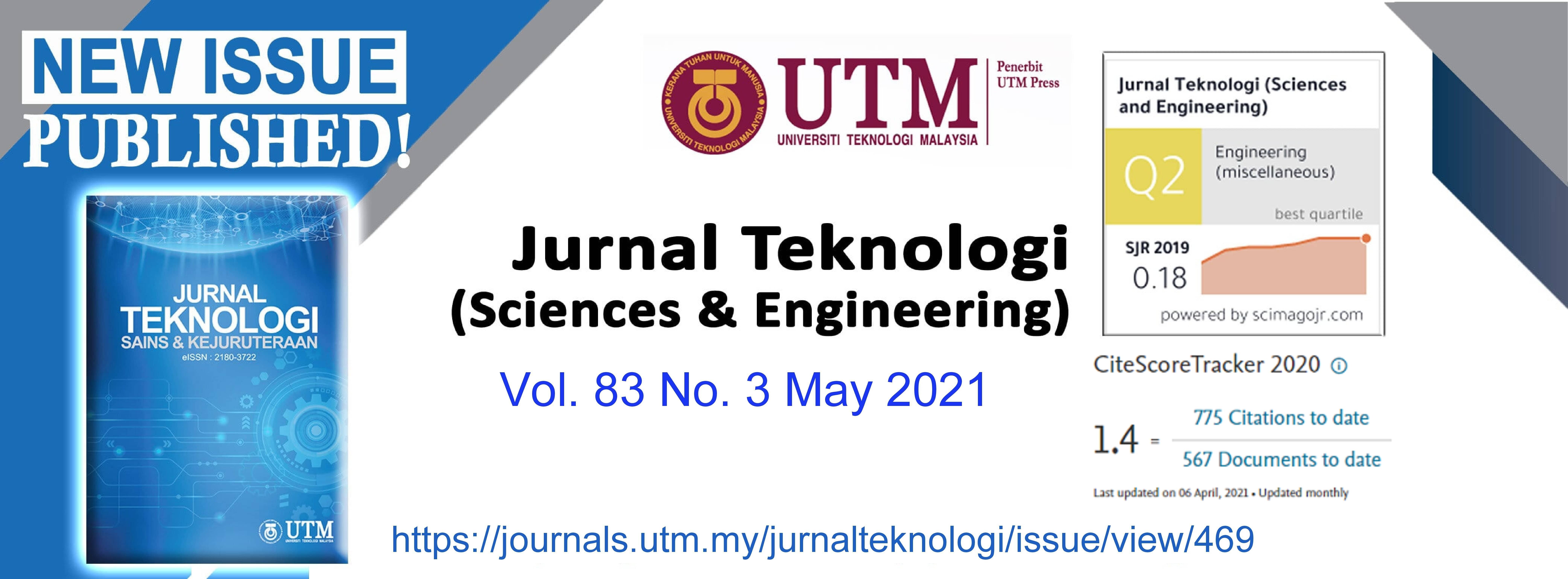DETERMINATION OF THE COLLAPSE POTENTIAL OF SABKHA SOIL AND DUNE SAND ARID SURFACE SOIL DEPOSITS IN KUWAIT
DOI:
https://doi.org/10.11113/jurnalteknologi.v83.14863Keywords:
Sabkha soil, dune sands, collapse potential (CP), Single Collapse Test (SCT), Oedometer.Abstract
Ensuring the sustainability of critical and limited natural soil resources is a major challenge in arid regions such as Kuwait. Investigations should be performed to identify and characterise collapsible surface soil deposits, and collapse potential should be assessed if possible in order to evaluate suitable stabilizing techniques. The cementation effect of different types of salts gives arid soils their considerable strength and stiffness in dry conditions. The collapse in these soils may occur due to the reduction of the chemical or physical bonds between the soil particles under wet conditions. Collapse Potential (CP) is an indication of the collapsibility of these soils. This paper presents the results of experimental work that was carried out to evaluate the collapse potential of two types of surface soil: sabkha soil and dune sand. The experimental program included physical and chemical soil characterization alongside a modified compaction test. The collapsibility of the soil at a stress of 200 kPa was obtained by performing a Single Collapse Test (SCT) via a conventional odometer device in a temperature- and humidity-controlled environment. Collapse potential index tests were performed on the tested soil samples collected from eight locations in two study areas. The results suggest the problem severity is slight to none. However, the CP was higher for the sabkha soil samples than for the dune sand samples. The increase in collapsibility of the sabkha soil samples may be attributed to the removal of bonding between cementing particles upon wetting.
Downloads
Published
Issue
Section
License
Copyright of articles that appear in Jurnal Teknologi belongs exclusively to Penerbit Universiti Teknologi Malaysia (Penerbit UTM Press). This copyright covers the rights to reproduce the article, including reprints, electronic reproductions, or any other reproductions of similar nature.
















